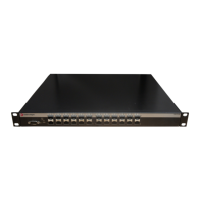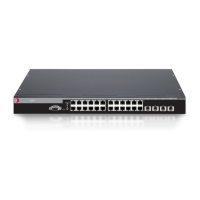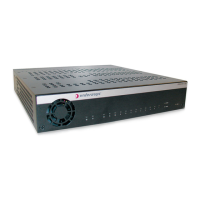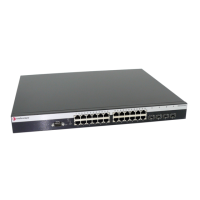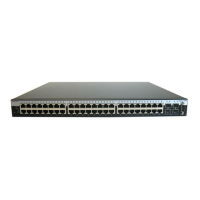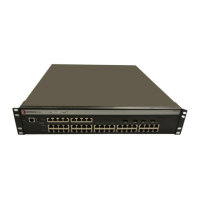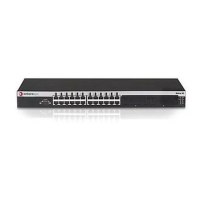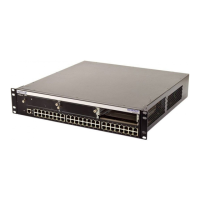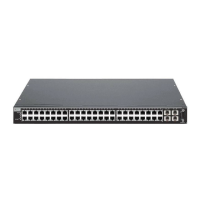Configuring Tunnel Interfaces
25-8 IP Configuration
Configuring Tunnel Interfaces
Purpose
The commands in this section describe how to create, delete, and manage tunnel interfaces.
Several different types of tunnels provide functionality to facilitate the transition of IPv4 networks
to IPv6 networks. These tunnels are divided into two classes: configured and automatic. The
distinction is that configured tunnels are explicitly configured with a destination or endpoint of
the tunnel. Automatic tunnels, in contrast, infer the endpoint of the tunnel from the destination
address of packets routed into the tunnel.
The Enterasys Fixed Switches that support IPv6 allow you to manually configure an IPv6 over
IPv4 point-to-point tunnel, specifying both the source and destination endpoints of the tunnel.
The interfaces that are used as the endpoints of a tunnel must be configured with both an IPv4
address and an IPv6 address.
For information about configuring IPv6 parameters on tunnel interfaces, such as an IPv6 address,
see Chapter 29, IPv6 Configuration.
Commands
interface tunnel
Use this command to configure a tunnel interface.
Syntax
interface tunnel tunnel-id
no interface tunnel tunnel-id
Parameters
Defaults
None.
Note: IPv6 routing must be enabled with an IPv6 routing license key in order for these commands
to be visible in the CLI.
For information about... Refer to page...
interface tunnel 25-8
tunnel source 25-9
tunnel destination 25-10
tunnel mode 25-10
show interface tunnel 25-11
tunnel-id Specifies the number of the tunnel interface to be configured for
routing. The value of tunnel-id can range from 0 to 7.
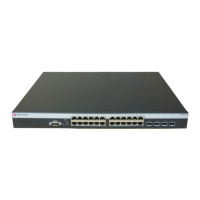
